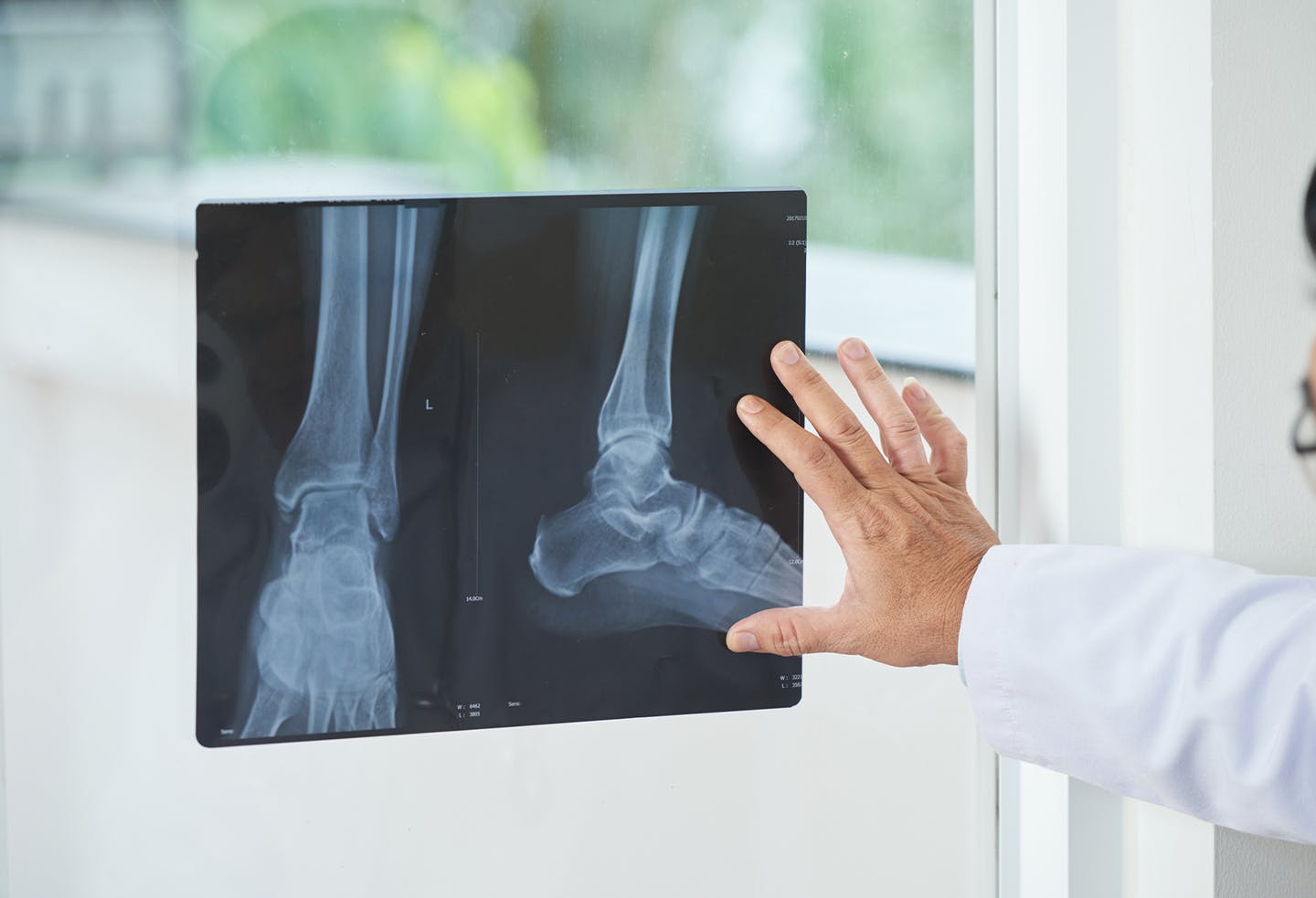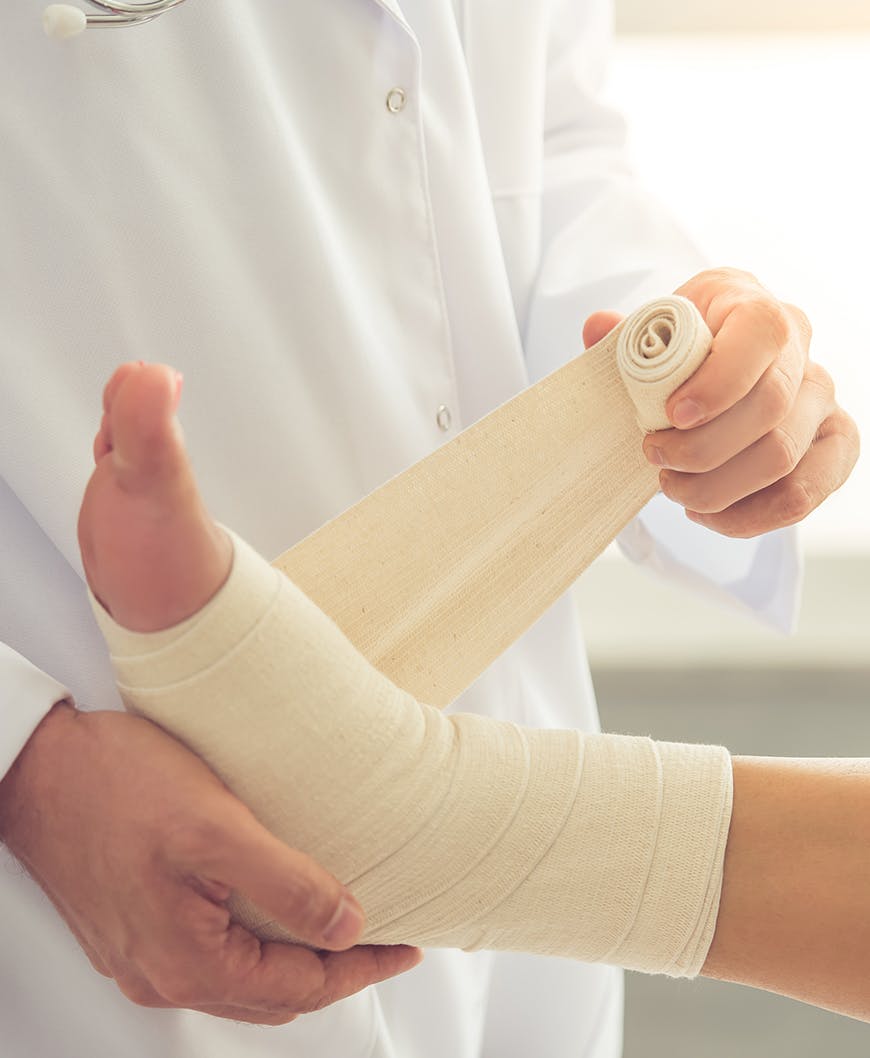Most patients having any type of surgery prefer to have a procedure that’s as minimally invasive as possible, and this is also true with any foot surgery in Newport Beach.
Benefits of Endoscopic Foot Surgery
- Shorter surgical time
- Reduced risk of unintended damage to nearby foot tissues or nerves
- Faster healing and minimal post-surgery scarring
- Reduced risk of infection
- Lower risk of blood loss
- Less post-op discomfort
- Shorter recovery time
- Less time missed from school or work








